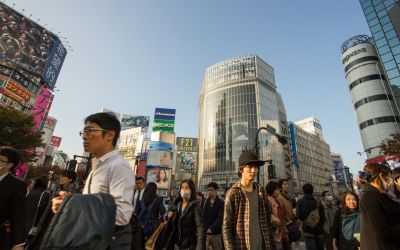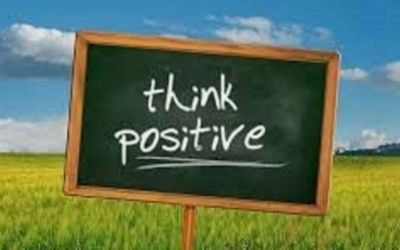
Digital and cultural transformation in Japanese pharmaceuticals
I first met Peter (not his real name), the country manager of a mid-sized European pharmaceutical company, when he first arrived in Japan two years ago. He was not new to doing business in Japan but had not run a Japanese affiliate before.
He had many interactions with Japanese executives over the years as a country manager in various Asian countries.
He understood the challenges and the cultural differences of the Japanese market. Peter was not under any delusion that his new role would be anything but tough.
He knew there had to be changes within his organization and that the world was moving quickly. Traditional marketing models were being upended, and then along came COVID-19.
COVID gave him an opportunity to speed things up more quickly than anticipated. Digital transformation was at the top of his list. He engaged with one of the Big Four consulting firms, looking to transform their organization into a digital model.
I met Peter not long after he had engaged with the consulting firm. He quizzed me about the market. From an outsider’s perspective, I assured him most companies were in the same boat. What was the right balance of digital interaction between medical representatives, webinars, and the use of M3?
Peter had a clear vision of what the company should look like in the next couple of years, and the consulting firm was helping him put the plans in place.
As he looked around his organization, he realized that he did not have the internal talent to execute the strategy.
He explained to me that he knew the type of candidate he wanted without having a specific job description—someone who could buy into the passion and the vision of the firm, a person who could transform all functions of the organization.
As he spoke, his enthusiasm and vision were infectious. We suggested that we work on an exclusive basis and that we provide a handful of candidates with the necessary background, likely either with consulting experience or currently working at a consulting company. We quickly presented candidates, two of which were already in the market and being actively courted by Big Pharma. Some candidates were being quickly snapped up. The race was on to find bilingual candidates with strong quantitative, qualitative, and financial modeling skills and with experience creating revenue growth strategies and driving cross-functional transformation.
We introduced four candidates, and it was the fourth who hit it out of the park. Peter was fired up. He explained, “In a nutshell, extremely solid candidate. Very broad experience scope in terms of industry/roles and companies/geography. Very well structured and articulate. Right entrepreneurship mindset coupled with curiosity. Very well-balanced understanding between science, business, and technology. Future oriented with a solid, innovative mindset. In short, he is exactly the type of person we need. He is experienced and has somehow done what we need already.”
Peter had done a fantastic job laying down the vision. He did not lay down a job description, he didn’t lay down a list of must-haves; he created a vision, a dream of what the company could be in the coming years, and the candidate was sold.
In closing and onboarding the candidate, Peter needed to do some transformation of his own. He needed to adapt and work through internal challenges with human resources. Peter understood, with COVID’s help, that productivity is not about location. The candidate would be based in Osaka and would only commute to Tokyo when necessary.
Peter is committed to transforming the firm with diverse talent, digital strategy, wholesaler management, and work location. With his vision, this company will become (if it is not already) a preferred company for Japan’s bilingual executives.
A country managing you a couple of things committed creative people can change the world; in fact, they’re the only ones who can do it. He also understood that the candidate’s burning question is “what’s in it for me?” and “how will this change my career?” He was also able to explain what’s in it for them, the purpose of the transformation, and how it will benefit the world. He was also able to tell a fantastic story. People love stories, and candidates love stories. He was able to explain to the candidate that not everyone in their career gets a chance to really change a company, to really make a difference. This inspiring message got the candidate on board instantly.
Recent Posts
- Top sporting coaches and business leaders have a lot in common
- Elevating Leadership: Insights from Japan’s healthcare sector
- How to be a country manager
- Here are four things your firm can do to attract and retain top talent in Japan’s pharmaceutical and medical device industry:
- Build a Strong Employer Brand – What can you do if your company stinks?


